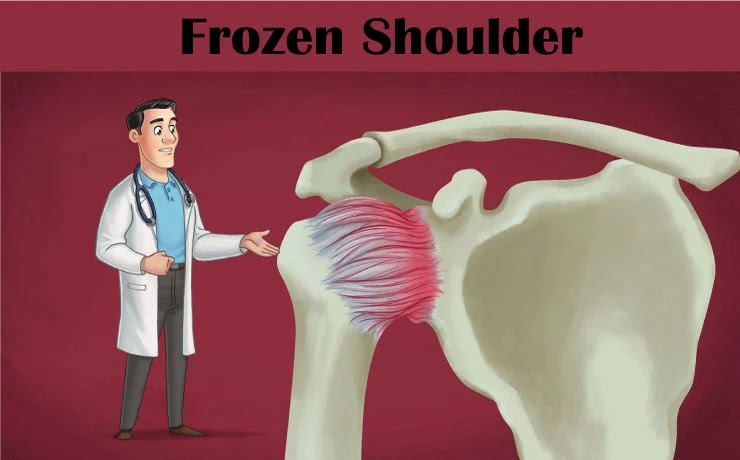Frozen shoulder: what it is, its stages, signs and symptoms, and physical therapy treatment
Frozen shoulder, also known as adhesive capsulitis, is the stiffening of the shoulder capsule. It causes pain, limited motion and stiffness in the shoulder joint, and generally makes it hard to use the affected arm because of pain or weakness. There are some factors that increase your risk of developing frozen shoulder, such as age and diabetes. It is also more common in women than men and tends to occur at any time between 40 and 60 years old; however, it can affect people of all ages. There are several things you can do to prevent it or treat it before it gets too serious including physical therapy.
Introduction
Frozen shoulder is a condition characterized by pain and loss of range of motion in the shoulder.
The frozen shoulder phases
The freezing phase,;
Lasts about 2-9 months. During this phase, your shoulder pain increases and you have limited range of motion in your shoulder.
Frozen phase;
Lasts about 4-12 months. During this phase, your range of motion decreases further as the tissue becomes stiffer.
Thawing phase;
Starts after 12 months. At this point, you might notice some improvement in your mobility but will still have some stiffness.
Signs and Symptoms of Frozen Shoulder
The first sign of frozen shoulder is usually pain. This pain may come on gradually or suddenly, and it may be mild at first or quite severe. You may also have stiffness in your shoulder that makes it hard to move your arm.
The second sign of frozen shoulder is a loss of motion in your shoulder. Your range of motion may decrease a little at first, but then gets worse over time.
Who can get frozen shoulder?
Frozen shoulder most often impact people between the ages of 40 and 60. The condition is more common in females than males. People with diabetes or those who have had a previous injury to the shoulder are also at increased risk.
How to Prevent Frozen Shoulder
One way to prevent frozen shoulder is to do range-of-motion exercises every day. These exercises help keep the shoulder joint loose and flexible. Another way to prevent frozen shoulder is to avoid sudden movements that could injure the shoulder joint.
How to Treat Frozen Shoulder at Home
Frozen shoulder is a condition that can be treated with physical therapy. The first step is to identify the signs and symptoms of frozen shoulder. The second step is to formalize a plan of action with your doctor or physical therapist.
Move Forward with Physical Therapy Treatment
Physical therapy is a great way to ease the pain and improve your range of motion. A physical therapist can help you stretch and strengthen the muscles around your shoulder.
Conclusion
Frozen shoulder is a condition that can be painful and limit your range of motion. However, with the help of physical therapy, you can regain movement and improve your quality of life. If you think you may have frozen shoulder, talk to your doctor or a physical therapist to get started on a treatment plan.












its very helpfull for me thanks lerning tree
ReplyDeleteVery infornative article
ReplyDeletePlzz also write a blog on erbs palsy
ReplyDeletePlzz write an article on low back pain
ReplyDelete